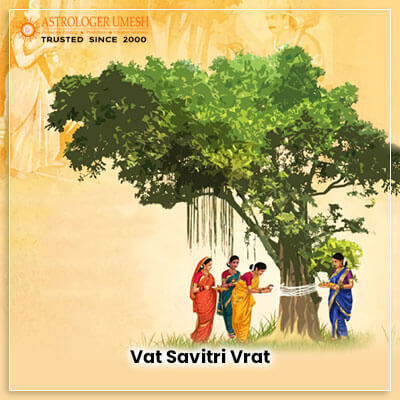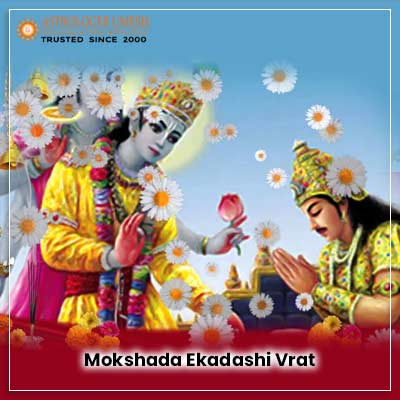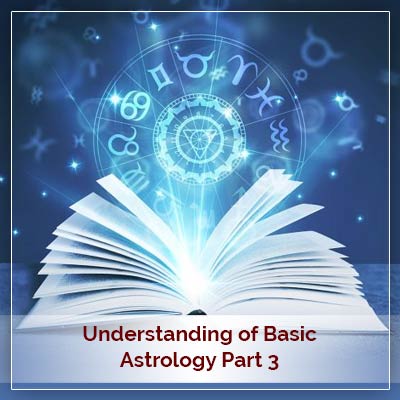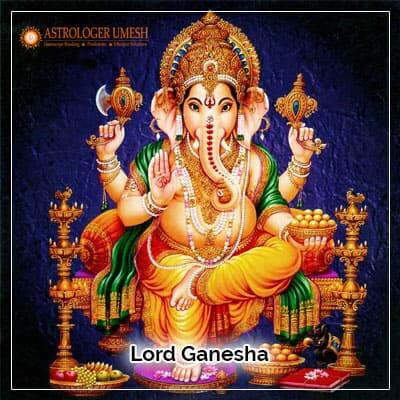Vat Savitri Vrat


A Ritual Of Divine Values For Marital Bliss
Vat Savitri Vrat is a famous religious ritual observed by married women to ensure the longevity of their husbands. This ritual is followed on Amavasya of Jyeshta month every year in which devotees (the devout wives) offer their prayer and respects to Dev Savitri, a divine being who is believed to have been made by God, Yama Raj. It is celebrated in many states in India, including Punjab, Haryana, Delhi, and Uttar Pradesh.
Importance Of Vat Savitri Vrat
Vat Savitri Vrat is important because it represents the religious fervor among the devotees, usually married women, who offer their prayer to Devi Savitri to ensure that their husbands live longer and experience peace and prosperity in life. The festival of Vat Savitri Vrat is also important as it symbolizes the bravery and devoutness of Savitri who forced Yama Raj to bring her dead husband to life. Since then, the religious magnificence of Vat Savitri Vrat knowns no bounds, as devotees worship the divine being on this day with great veneration and ask for long life and prosperity for their husbands.
Puja For Marriage is a good solution for someone who wants to rid of marital misery and problems for good.
Methods For Vat Savitri Vrat
- Married women should take a bath, get dressed, or adorn themselves with the best fineries.
- Collect all puja-related items in a cane or bamboo basket.
- Seek a banyan tree, offer your puja there.
- Light a Diya with oil/ghee.
- Pay salutations to Lord Ganesha before you commence the puja.
- If you have a banyan sapling in a pot, ensconce the idols of Savitri and Satyawan close to it. Start your puja, seek the blessings from the Trinity lord; Brahman, Vishnu, and Mahesh.
- Offer holy water to the pot with banyan sapling in it, accompanied by turmeric, Kumkum, Akshat, Roli, and Kalava.
- Use a hand-made fan, gently move it to and fro over the pot. Offer ingredients, including flowers, lamps, incense sticks, etc.
- Move around the pot or banyan tree while tying a Kachasut (raw white cotton thread) around the stem of the tree seven times. Then, offer beetle leaf, coconut, fruits, a betel nut, etc.
- Finish your puja by offering your prayer to the deities.
Story Of Vat Savitri Vrat
A long time back, there lived a king by the name of Ashvapati. He had a daughter named Savitri. This daughter was born out of a puja done by the king to honor the Sun God Savitr. When Savitri grew young, the king asked her to choose a suitable match for her. She chose Satyavan as her husband. Satyavan was the son of a blind exiled king, Dyumatsen. When Satyavan informed his father of marrying Savitri, the divine lord, Narada intervened, predicting that Satyavan was to die within a year.
Even though the news was horrible, Savitri didn’t flinch and remained firm on her decision to marry Satyavan. After marriage, she abdicated her royal ostentations and lived with her husband in the forest. When the oracle of Satyavan’s death drew near, Savitri started to observe fast for her husband’s longevity. She accompanied him into the forest. However, Satyavan fell down near a banyan tree and lost consciousness. Yama Raj came to take away his soul. At this, Savitri insisted on taking her soul as well along with her husband. The persistence of Savitri in convincing Yama Raj with her logic and devoutness impressed the God of death so much that he asked her to take any three boons from him. Savitri asked for the first wish to return the eyesight of her father-in-law; her second wish was 100 sons for her father, and the third wish was to have a son from Satyavan. Though Yama Raj granted her all the three wishes but then realized after Savitri’s logic about how could she bear a son without her husband that Yama wanted to take away. Yama finally madeSatyavan alive.
Thence the ritual of Vat Savitri Vrat came into being.
Experience Prosperity: Book Lakshmi Puja Today! Invoke Blessings for Abundance and Wealth. Reserve Now!
Must Read:
Baglamukhi Jayanti and Akshaya Tritiya































